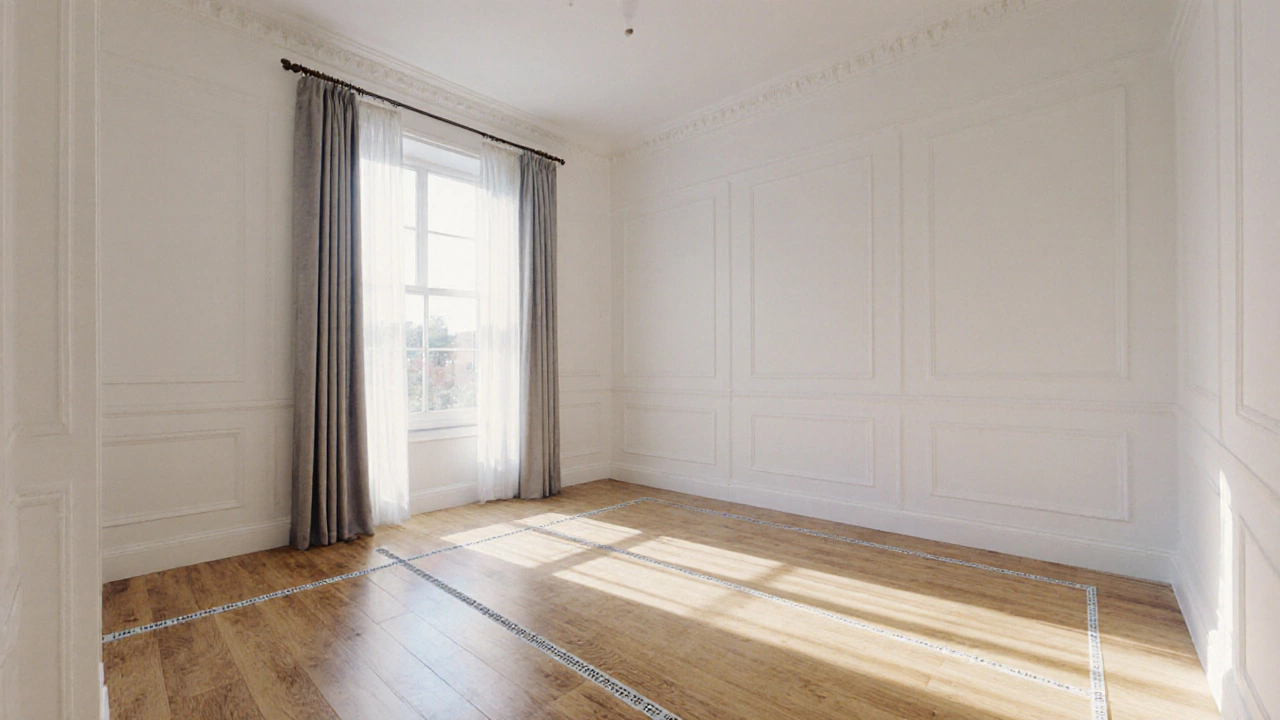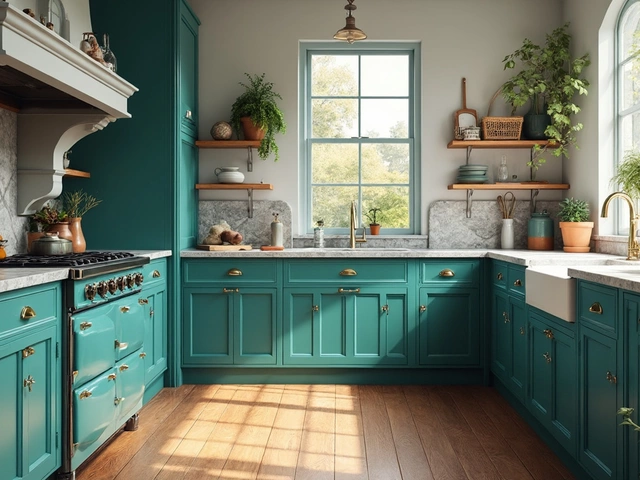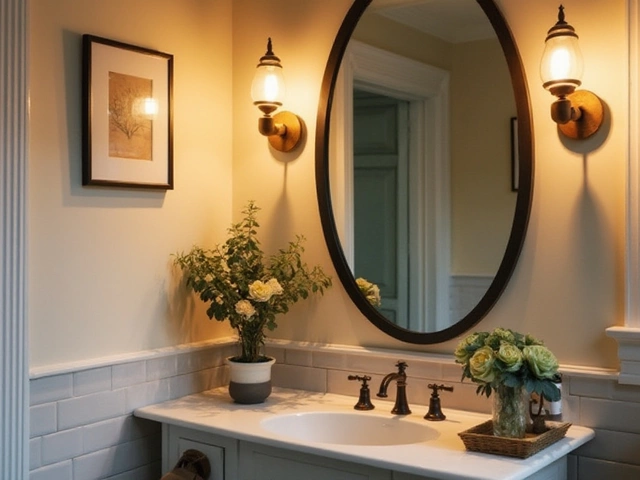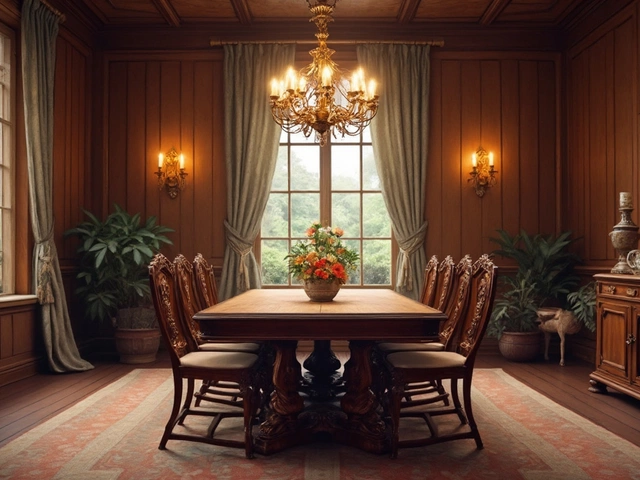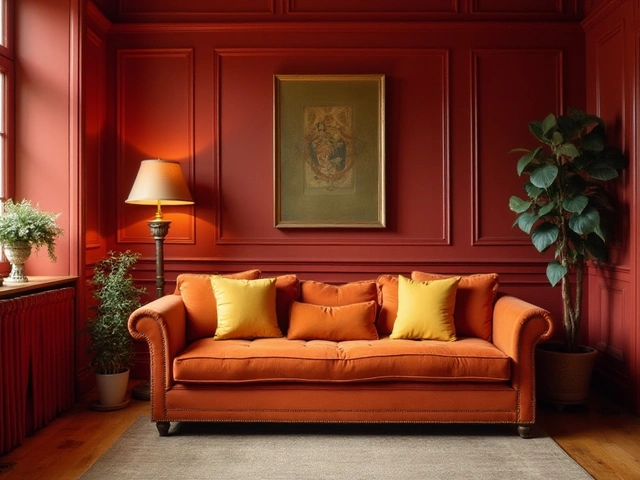Space Saving Dining: Smart Solutions for Small Eating Areas
When planning a space saving dining, a design approach that maximizes functionality while keeping the footprint tiny. Also known as compact dining, it relies on clever furniture choices, clever layouts and hidden storage to keep the room airy. The goal is simple: you should be able to enjoy a meal without feeling cramped.
One core element is the compact dining table, a piece that often folds, slides or nests to shrink when not in use. Compact tables enable multi‑purpose rooms because they can double as a work desk or a console. Another powerhouse is wall‑mounted storage, shelves, hooks or racks fixed to the wall that keep plates, glasses and utensils off the floor. Wall storage creates vertical space, reducing clutter and giving the room a cleaner look. Together, these two entities create a functional ecosystem where furniture and storage support each other.
Beyond tables and shelves, foldable chairs, lightweight seats that collapse flat for easy stowage play a vital role. Foldable chairs allow you to add seating only when you need it, keeping the floor open most of the time. Pair them with a extendable bench, a bench that slides out or lifts to provide extra seating along a wall, and you have a flexible seating system that adapts to gatherings of any size. The semantic connection here is clear: space‑saving dining requires adaptable seating to stay comfortable without sacrificing space.
Another clever route is to integrate multi‑purpose furniture, pieces that serve more than one function, like a console that hides a pull‑out table or a sideboard with built‑in wine racks. Multi‑purpose furniture bridges the gap between dining and storage, letting you keep daily essentials tucked away while still having a ready‑to‑use eating surface. When you combine this with a corner island, a small, L‑shaped work surface that fits snugly into a corner, you get a compact hub that can hold a mini‑pantry, a coffee maker, or a place to set plates during meals. The relationship is simple: a corner island enhances multi‑purpose furniture by adding extra surface area without widening the room.
Lighting and color also influence how spacious a dining nook feels. Light, reflective paints on walls bounce natural and artificial light, creating the illusion of more space. Adding under‑cabinet LED strips, soft lighting that runs along the underside of shelves or cabinets, brightens work surfaces and reduces the visual weight of bulky items. The semantic triple here is: proper lighting enhances wall‑mounted storage, making the whole area appear larger and more inviting.
Finally, think about the flow of traffic. A well‑planned layout ensures you can move around the table without bumping into chairs or cupboards. Keeping the pathway at least 90 cm wide, using sliding doors, instead of hinged doors that swing into the dining space, and positioning appliances against walls all help maintain a clear route. When traffic flow is smooth, the space feels bigger, and you can enjoy meals without feeling trapped.
Below you’ll find a curated collection of ideas, step‑by‑step guides and practical tips that dive deeper into each of these concepts, helping you turn a tiny dining corner into a functional, stylish spot you’ll love to use.

